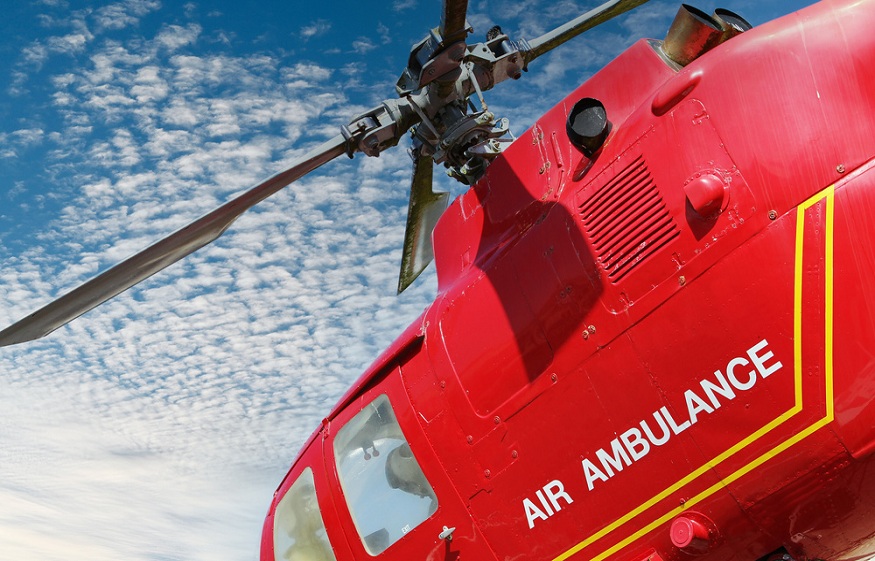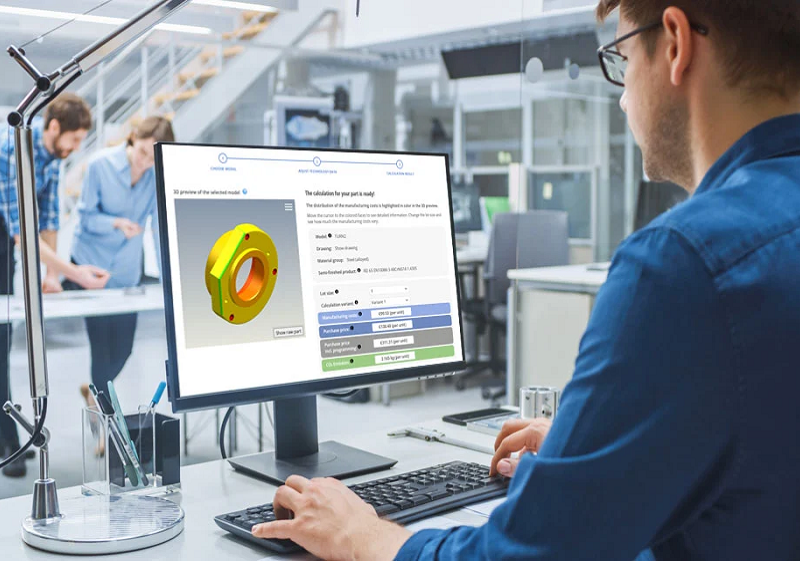Distance and time can combine to create scary situations when medical emergencies strike in remote areas. Whether injuries from accidents or sudden illness, getting urgent care quickly matters. Modern air ambulances now fly emergency teams and equipment rapidly to faraway places, bringing skilled help. The people at LifePort explain that readying transport vehicles, mobilizing medical staff and safely rushing patients to hospitals demands detailed coordination. New technologies also let onboard experts start medical treatments mid-flight. It showcases how today’s air ambulance services bridge isolation gaps, providing prompt, quality care for remote incidents.
Assembling the Aviation Emergency Response Team
Special staff make air ambulance missions possible. Pilots undergo extensive training managing the aircraft, along with airport protocols and navigation systems. Flight nurses have medical and trauma skills to help stabilize patients while in transit to hospitals. They monitor vital signs, manage medications, communicate with doctors on the ground and more. Onboard paramedics provide treatments from starting IV fluids to dealing with injuries. Dispatchers play a key role too. They quickly assemble the team, arrange flight plans and manage two-way communications.
Outfitting the Modern Air Ambulance Interior
Today’s air ambulances contain advanced medical gear that transform the compact cabin into a flying emergency room. Stretchers have safety harnesses, allowing patients to lie flat and secure during transport. Oxygen tanks, suction pumps, cardiac monitors and other equipment surround the patient area. Speedy Wi-Fi connections let onboard computers interface with hospital networks. It allows flight nurses and paramedics to send real-time patient vitals and get physician guidance mid-trip. Space saving designs even allow some air ambulances to carry specialized gear like incubators for infants.
Mobilizing a Rapid Response from the Alert to Takeoff
Many factors affect how quickly air ambulance crews can deploy to far-flung emergency sites. Flight dispatchers contact standby pilots and medical teams with the patient’s condition and pickup location. Staff rapidly pack drug kits, medical equipment and gear for expected conditions like weather extremes. Simultaneously, pilots file flight plans, receive current aviation alerts and conduct pre-trip safety checks on the aircraft systems. Timelines vary, but flight crews are typically airborne within 45 minutes of the initial call, even going to distant rural areas. With advanced notice, teams can mobilize even faster.
In-Flight Care and Transport – Helping While Rushing
Today’s air ambulances do more than provide urgent transportation. Modern equipment and skilled teams mean patients get enhanced medical care right in the air. Flight nurses and paramedics use onboard diagnostic devices to assess vitals plus injuries so they can determine and administer necessary treatments. Cardiac monitors, ventilators and IV medications help support patients making long flights to trauma centers. Some air ambulances even have telemedicine robots allowing doctors to virtually examine patients mid-trip further guiding care. Clear communications are key. Teams relay vital signs and symptoms to emergency physicians at the awaiting hospital, preparing them to act immediately upon landing. It showcases how air ambulances truly bring the emergency room to those in medical distress – no matter how isolated the scene.
Conclusion
The sophisticated operations of modern air ambulance services serve as prime examples of the remarkable problem-solving capabilities that can be achieved through large-scale coordination and collaboration. Customized aircraft carry medical technologies, life support systems and specialized care providers rapidly over immense distances. Teams onboard can both transport and treat, providing a flying bridge between remote locations and hospital trauma units. Air ambulance transports show what human ingenuity and purpose can achieve even under immense urgency. High-tech skill and unwavering humanitarianism intertwine in a race against time and trauma as these air-ambulance crews strive to help those in need.



